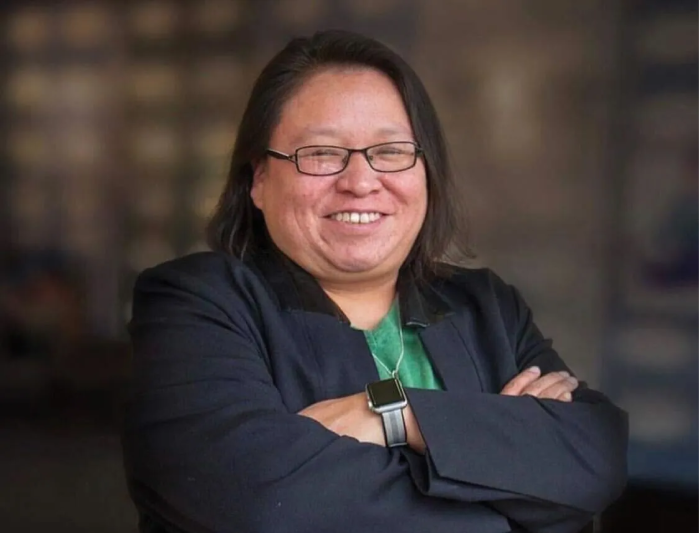“Black Panther” might be the first Marvel movie costume designer Ruth E. Carter worked on, but according to her, she’s been “dressing superheroes my whole career.”
“Martin Luther King and Tina Turner were superheroes,” she says. “And Malcolm X was a superhero.”
The Oscar-nominated Carter was referring to her work in films like “Selma,” “Malcolm X” and “What’s Love Got To Do With It,” biopics of iconic individuals.
Black Panther is an icon of another variety.
The film is set in the fictional African country of Wakanda, a technologically advanced nation that is built on different tribes. Its king, T’Challa, aka Black Panther (played by Chadwick Boseman), made his cinematic debut in “Captain America: Civil War” before getting his own film, out Feb. 16.
Carter and her crew were tasked with creating an environment that was Afro-futuristic and royal, she says.
“We have the ability to send our own message and create our own world that could have been a place that was not colonized and [was] eco-friendly,” Carter says.
“So we have the ability to sort of like paint the world in the way we see it.”
While Wakanda is hidden from the rest of the world, Carter says that, with the guidance of director Ryan Coogler and Marvel, they chose ancient African tribal traditions as an inspiration for the costuming.
“What we examined were all the things that we liked: Nigerian embroidery, Maasai beads, the Suri tribe and the way that they used leaves and decorate themselves with paint,” Carter explains, also mentioning influences from Senegal, the Himba and Turkana tribes.
Wakanada is made up of different tribes, and for each tribe, Carter says they took their favorite elements and divided them up. Queen Ramonda, played by Angela Bassett, for example, wears a crown inspired by the Zulu married woman’s hat.
Incidentally, Ramonda’s look was one of Carter’s favorites.
“I love so many pieces,” she says. “But seeing Ramonda as the queen standing there on the airstrip when they first arrive in Wakanda really did set the tone.”
Besides looking good on screen, one of the challenges of creating costumes for a Marvel film like “Black Panther” is that these pieces of art also need to be able to stand up to the rigors of battles and dynamic action scenes.
Carter says that the garments are made of a flexible Eurojersey.
“So even though T’Challa has a surface texture all over his suit, that texture is also pliable and stretchable,” she says. “There is a very specific technology of creating the pattern on his suit and also to have the flexibility for him to perform these stunts and for his stunt people to perform the stunts.”
With ticket presales through the roof, lots of people will be filling up theater seats to see “Black Panther,” and Carter hopes that New York City moviegoers can add a taste of Wakanda to their wardrobes.
“I hope everybody does,” she exclaims. “It’s an absolute must that you do something when you go see ‘Black Panther.’ It’s a part of joining … creating the world of Wakanda, coming all the way out into the audience. So they can go get a dashiki, wear a dashiki top, if they’re guy,” Carter suggests.
“A girl can wrap a cool little knotted scarf on her head, or if she wants, she can get a neckpiece that has a puka shell or choker.
“Something,” she pleads. “Do something, you guys!”



































